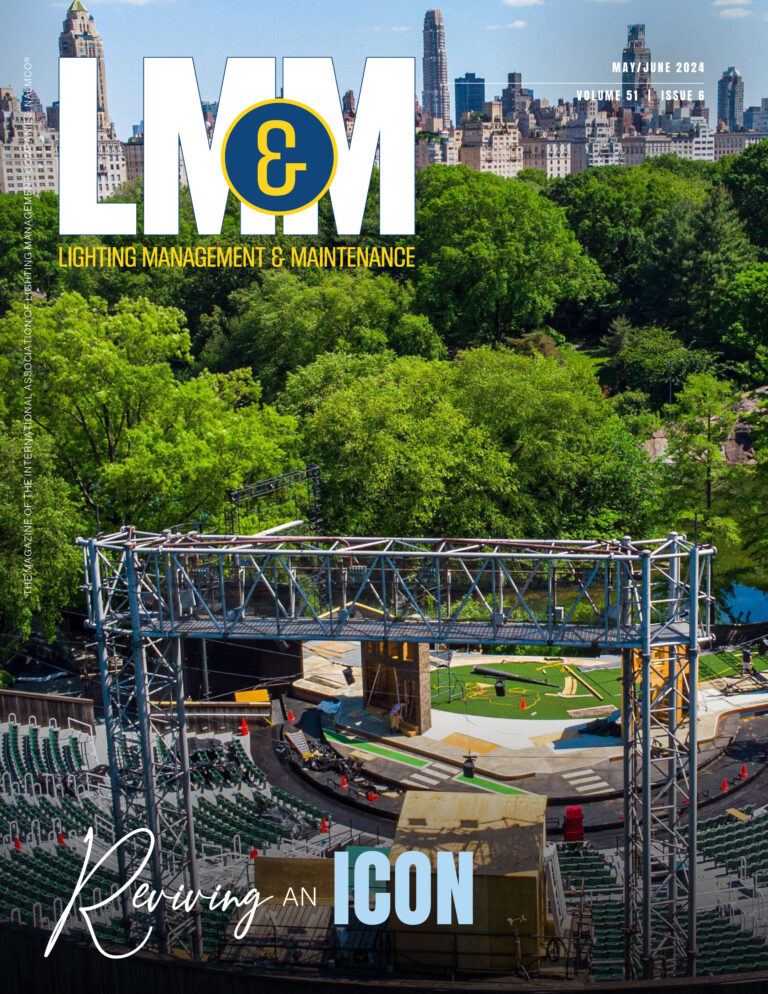As the industry water cooler talk centered around whether GE was going to spinoff its lighting business, it was Philips who was actually making those plans.
The question we want to know is why split into HealthTech and Lighting? Philips HealthTech has higher profits, so one might suspect the spinoff is designed to help HealthTech at the expense of Lighting.
Your humble editor spoke with Steve Klink, spokesman for Royal Philips. I asked Mr. Klink if the split up would in any way benefit Philips Lighting or if this was being done just to assist the higher margin HealthTech business. He explained that it was good for both companies, and then described in great detail how it would benefit HeathTech and did not elaborate on the gain for Lighting except to say that Lighting would be more focused.
“So it sounds like this was done to help HealthTech and the only real benefit to Lighting is focus?” I asked. “Yes, that is correct, the benefit for Lighting is focus and it is also agility,” he stated. He could tell I was shocked by his answer. In fairness to Mr. Klink, it was midnight in Eindhoven and he agreed to speak to me after an 18-hour day on his drive home. After a long pause, he put on his lighting hat and began to clearly articulate the benefits to the Lighting business. “When, Frans van Houten became CEO of Royal Philips, he challenged the Lighting business. In order to stay relevant, Philips had to better use innovation, become faster; become more entrepreneurial and more customer-centric. We began this process three years ago and it is working.”
”If you are not fast enough and if you bring innovation too late, it is really not innovation,” he said. “The Lighting business has taken great steps to improve and today we announced a big step in the transformation process to capitalize on opportunities in the lighting industry. We want to create a dedicated lighting solutions company.”
He also spoke of the huge transformation from legacy products to LED and discussed both challenges and opportunities created by the transformation.
I asked if Mr. van Houten would end up running HealthTech or Lighting. Mr. Klink stated that Mr. van Houten is the CEO of Royal Philips and will stay with HealthTech. Mr. Eric Rondolat is CEO of Philips Lighting and will remain CEO of Lighting after the spinoff.
Next, I asked if Philips Lighting would be a publicly traded company. Klink explained, “The process is to make it in a stand alone company during the next 18 months and, in parallel, we will evaluate alternative ownership with direct access to capital market.” He went on to say Philips will provide more guidance in 2015 and will evaluate an IPO.
When you humble editor interviewed Bruno Biasiotta, President and CEO of Philips Lighting North America, in December of 2012, he mentioned earning revenue from software and from solutions, although the term “Lighting as a Service,” was not used. Today we hear a lot about LaaS, but the true acronym should be LaRR—Lighting as Recurring Revenue. These companies do not care how they get that recurring check so long as they receive it. If you think about the legacy lamp business, it has historically been based on recurring revenue. An incandescent lamp burned out in 1000 hours and was replaced; now, with LED, they will last ten years or longer. HPS lamps in cobraheads were replaced every three to four years; today most LEDs have a 12-year life. So the recurring revenue that lamp companies were dependent upon is dramatically changing. They need to find the new revenue stream; thus the focus on LaaS.



